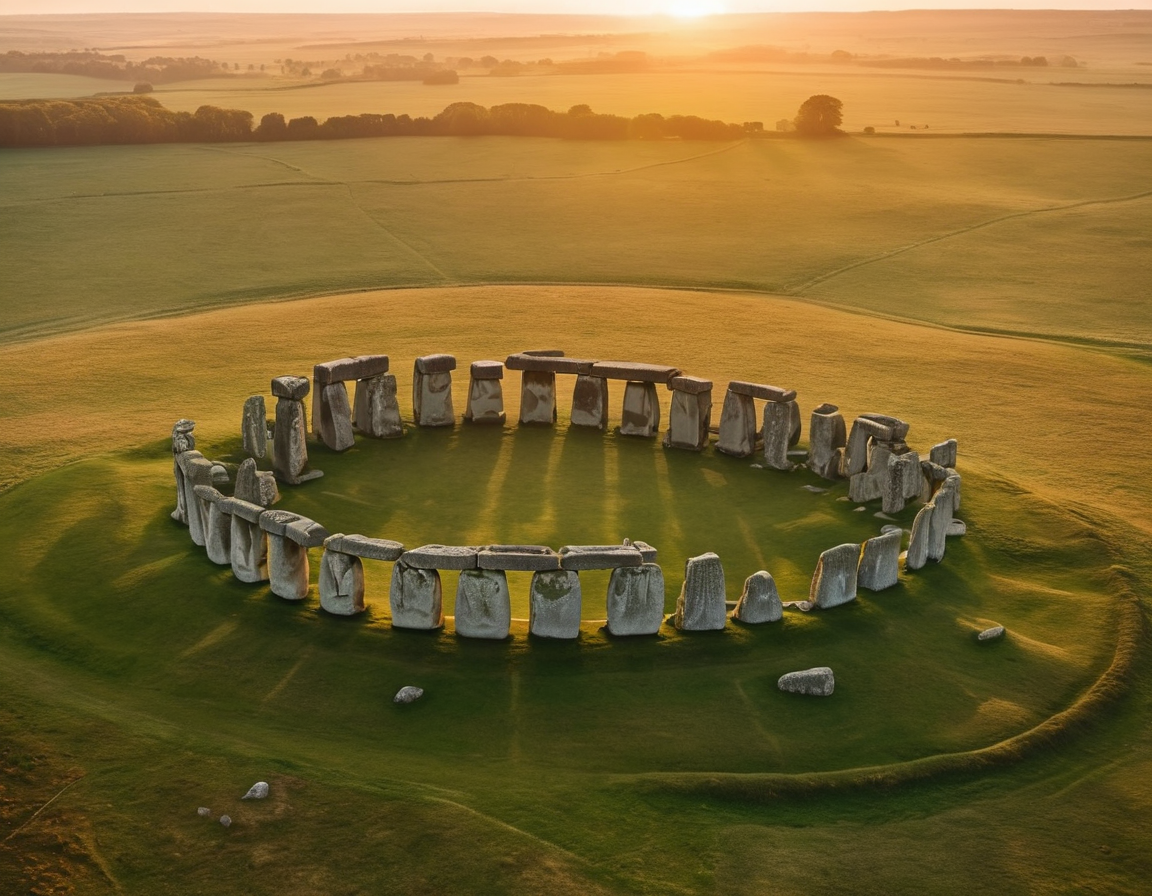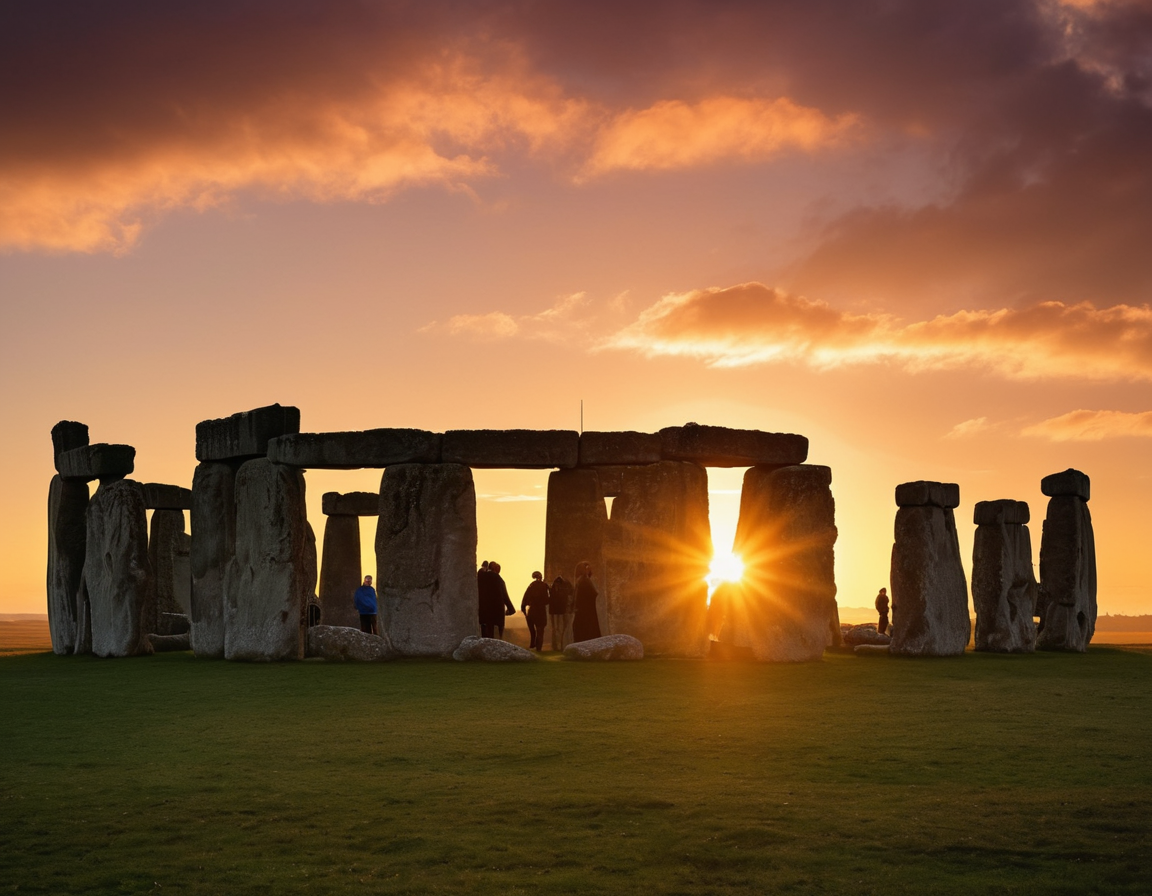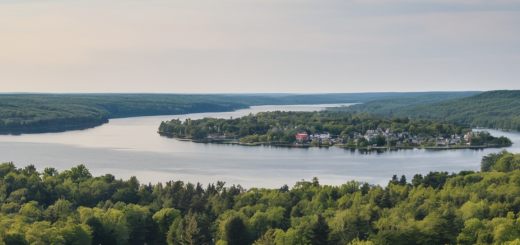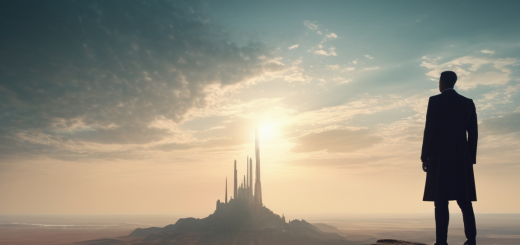Exploring the Secrets of Stonehenge: A Journey Through Time
Unveiling the Mysteries of Stonehenge
For centuries, Stonehenge has stood on the Salisbury Plain in England as a testament to the ingenuity of prehistoric peoples. This majestic stone circle continues to captivate scholars, tourists, and archaeologists alike. But what secrets lie within its massive stone formations? Let’s take a dive into the history, construction, and theories of Stonehenge that have puzzled humanity for generations. 
Prehistoric Engineering: How Was Stonehenge Built?
It’s estimated that the construction of Stonehenge began around 5,000 years ago and spanned over many centuries. As a marvel of prehistoric engineering, this monument required precise planning and immense physical labor. It comprises massive sarsen stones and smaller bluestones, the transportation and assembly of which continue to baffle experts today.
The Stones’ Origin: A Geological Marvel
The sarsen stones are believed to have been brought from Marlborough Downs, about 20 miles north of Stonehenge. The bluestones, on the other hand, are thought to have made a 150-mile journey from the Preseli Hills in Wales. How prehistoric people achieved this feat remains a topic of animated debate and research.
Astronomical Precision: Alignments and Significance
One of the most striking features of Stonehenge is its alignment with the movements of the sun. During the summer and winter solstices, the sunrise and sunset align perfectly with the Heel Stone and the center of the circle. This has led to the popular belief that Stonehenge served as a monumental calendar, marking important seasonal changes for agricultural practices.
Theories and Legends: From Druids to Aliens
Throughout history, Stonehenge has inspired numerous theories regarding its purpose and creators. Some suggest it was a temple made by Druids, although this theory has been dismissed as the monument predates their society. Other outlandish theories involve alien interventions and mythical landscapes. More grounded theories propose that it served as a burial ground or a place of healing. The discovery of numerous human remains around the area lends some credibility to these hypotheses.
Modern-Day Revelations and Conservation Efforts
The story of Stonehenge is still being written. Modern technologies like ground-penetrating radar and 3D scanning are revealing new insights. These discoveries highlight the importance of conserving this prehistoric site so that it can continue to provide clues to our ancestors’ lives and beliefs.
In the end, Stonehenge endures as an emblematic symbol of Britain’s prehistoric past—a reminder of human capability and mystery that reaches across the ages. It’s not just a landmark; it’s a portal to a bygone world, waiting for its full story to be told.
Visit Stonehenge: Experience Its Ancient Grandeur
For those looking to experience the ancient grandeur of Stonehenge firsthand, it remains one of the most visited historic sites in the United Kingdom. A pilgrimage to this prehistoric marvel is sure to awaken a sense of wonder at the enigmatic achievements of our distant ancestors. 
Let us marvel at the grandiosity of Stonehenge, keeping in mind that its true purpose may remain shrouded in the mists of time forever.






